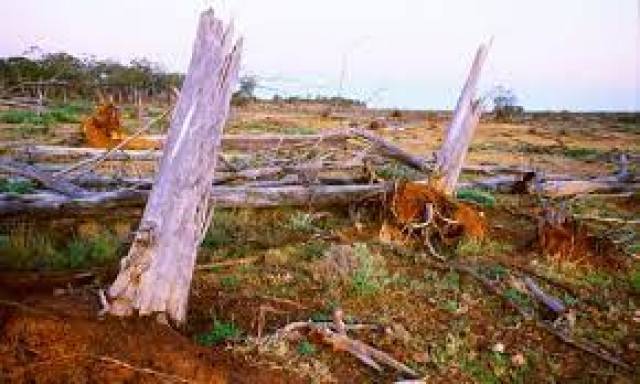A jaguar paces at the edge of a rainforest in Brazil. The big cat once roamed through a jungle packed with trees, but now part of its home is a working farm with herds of cattle that have taken over the jaguar’s territory.
A hundred years ago, jaguars ranged from the southwestern United States to Argentina, in South America. Today their territory has shrunk by more than half, and they live mostly in the Amazon rainforest. And jaguars aren’t the only animals losing their homes—according to the International Union for Conservation of Nature, habitat loss is the main threat to about 85 percent of all endangered plant and animal species.
Tropical rainforests cover only about 7 percent of Earth’s land, but they’re home to an estimated half of all known plant and animal species. Most experts agree that about 80,000 acres disappear every day when trees are cut down for lumber and land is cleared for farms. Trees also play an important role in absorbing the carbon dioxide that contributes to climate change. Fewer forests means that more greenhouse gases remain trapped in the atmosphere.
Grasslands, underwater habitats, and wetlands are also at risk of habitat loss. For instance, the World Wildlife Fund estimates that about half of the world’s wetlands have disappeared in the last hundred years due to being drained for farmland or other industries. That means less space for animals to feed, breed, and raise their young.
Finding a balance between what humans and animals need will help prevent habitat destruction. Some scientists think that if we put aside half of Earth’s land and water for nature, we could save up to 90 percent of all species.

